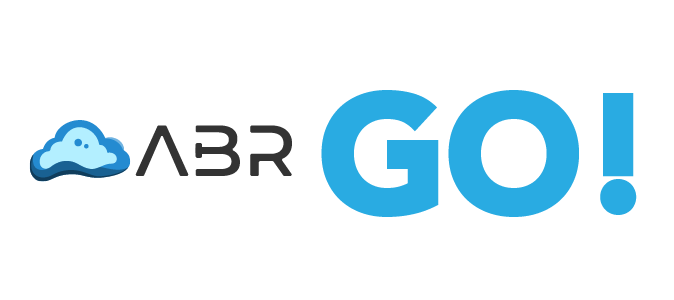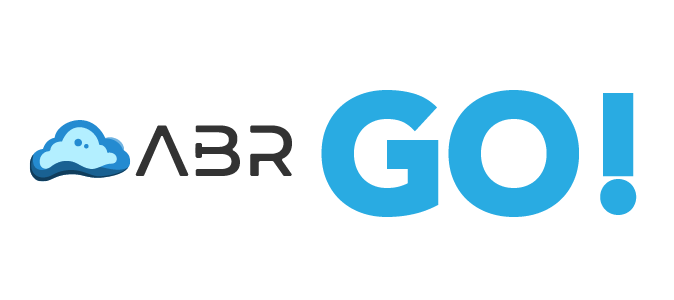How to Choose the Right Website Template
Understanding Your Needs
1. Business Type: Different businesses have different requirements. For instance, a portfolio site for an artist will differ significantly from an e-commerce site that sells products. Understanding the nature of your business will help you determine the features you need and the overall design style that will best represent your brand.
2. Target Audience: Knowing your audience helps in choosing a design that appeals to them. Consider their preferences, age group, and browsing habits. For example, a younger audience might prefer a more modern and dynamic design, while an older audience might appreciate a more straightforward and classic layout.
3. Key Features: Identify the features your website must have. For instance, an online store needs a product catalog, shopping cart, and payment gateway. A blog, on the other hand, would benefit from an easy-to-navigate archive and comment section. Listing out these features beforehand will streamline your template selection process.
Key Elements of a Good Website Template
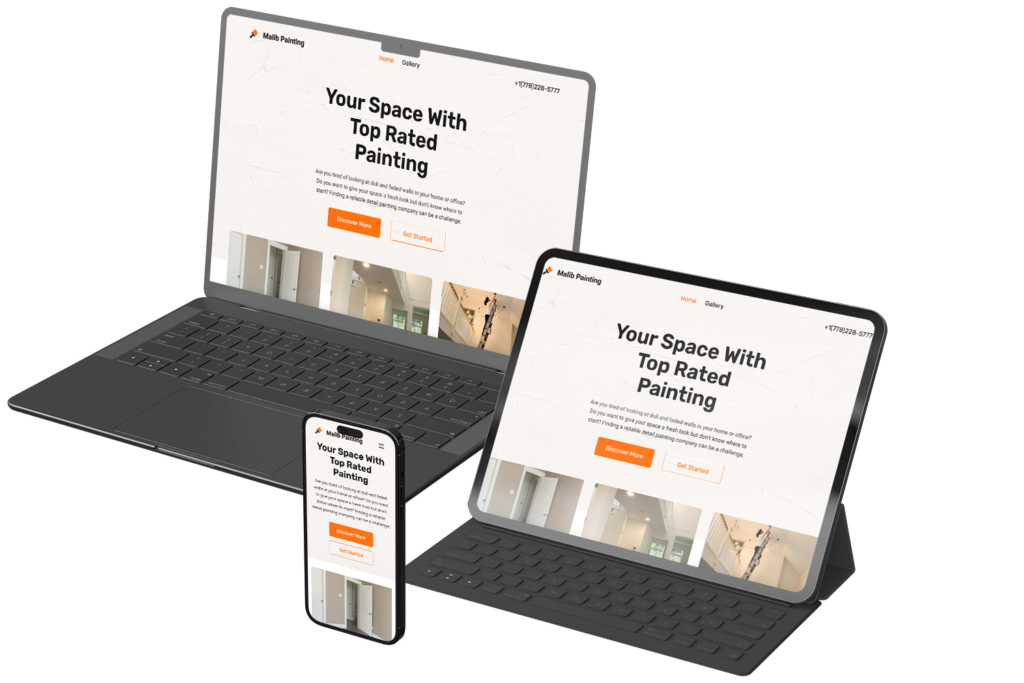
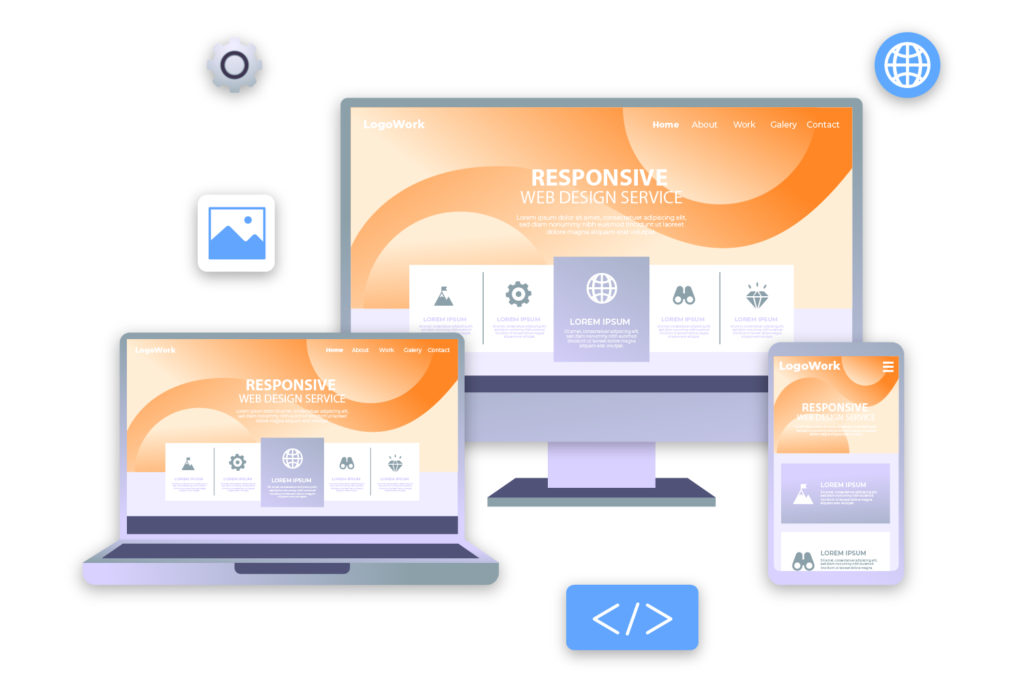


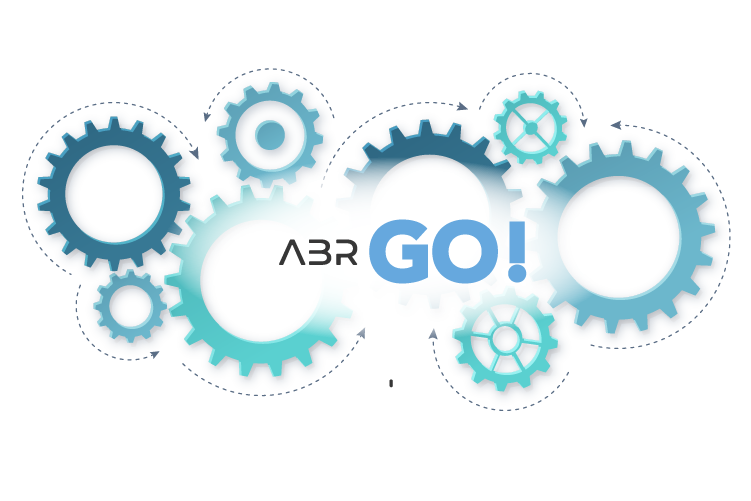
Popular Template Categories
Business and Corporate: These templates are professional and clean, perfect for corporate websites, consultants, and service providers. They often include sections for services, client testimonials, team members, and contact forms, presenting a polished and trustworthy image.
E-Commerce: Designed for online stores, these templates include features like product galleries, shopping carts, and checkout pages. They focus on showcasing products effectively and providing a smooth shopping experience, which can help boost sales and customer satisfaction.
Portfolio: Ideal for artists, photographers, and designers, these templates focus on showcasing work with visually appealing layouts. They often include galleries, sliders, and portfolio grids, allowing creatives to highlight their projects and attract potential clients.
Blog: Blogging templates are optimized for content creation and sharing, featuring customizable blog layouts, comment sections, and social media integration. They are designed to enhance readability and engagement, helping bloggers grow their audience and connect with readers.
Landing Pages: Perfect for marketing campaigns, these templates focus on converting visitors into leads or customers with strong calls to action. They often include forms, testimonials, and clear, concise content, making them ideal for promoting specific products, services, or events.
